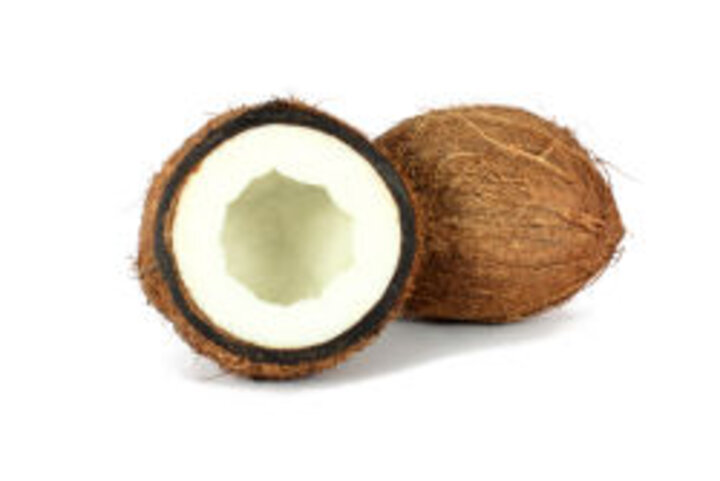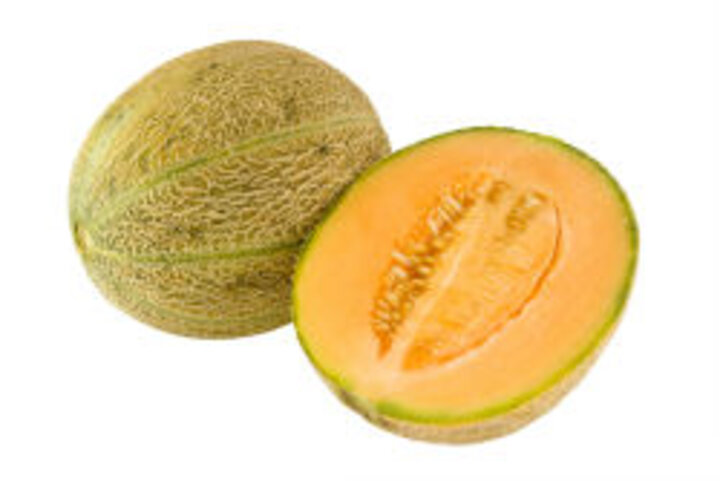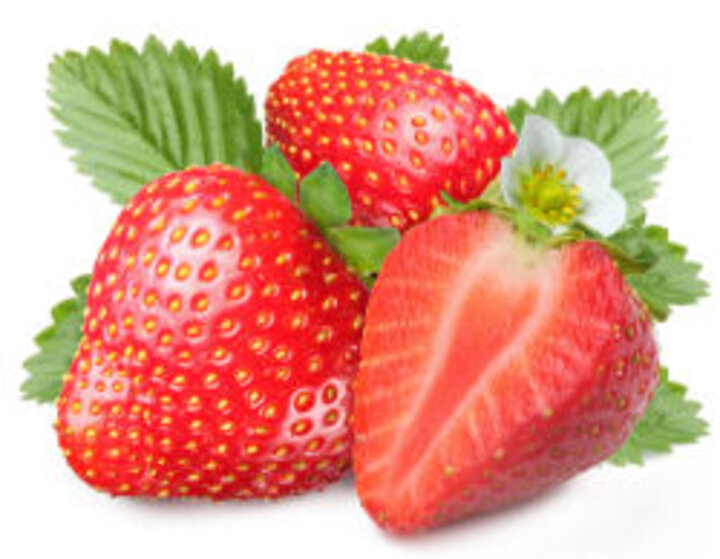A great variety of different fruits have been reported as causing allergic reactions, however, the most prevalent and best described are reactions to apple, peach and kiwi fruit. Since fruits often contain allergens from different classes of food allergens, fruit allergic individuals may display different reactions to the same fruit. Fruit allergy is frequently observed as local reactions in the oral cavity (oral allergy syndrome). These can occur only minutes after consumption of the respective food and itching and swelling of the mouth, lips and throat are commonly observed. Often mild, these symptoms can be accompanied by skin reactions, asthma and rhinitis. Severe reactions such as cardiovascular symptoms and anaphylaxis can also be experienced by some individuals.
Allergic reactions to apple may be manifested in two different forms depending on the apple allergen involved. Individuals sensitized to birch pollen often react to a heat-labile apple allergen which usually triggers a range of milder local symptoms in the oral cavity (oral allergy syndrome). Such allergies are predominantly found in cooler regions of the northern hemisphere where birch can grow. Other individuals may react allergic to a different, heat-stable allergen located under the apple skin which cross-reacts with peach allergens, causes severe reactions and is especially observed in the Mediterranean area.
Peach allergy is most often observed in Mediterranean countries and is frequently accompanied by allergies to other Rosacaean fruits (e.g. apple, apricot, plum, cherry), hazelnut and walnuts. The major peach allergen is heat-stable and highly concentrated under the fruit skin and thus avoidance of fresh and processed fruit is necessary for peach allergic individuals.
Similar to other fruit allergies, kiwi allergy can occur through either direct sensitization to kiwi allergens or by cross-reaction to other allergens (e.g. birch pollen or latex). Kiwi allergy (direct or associated with latex allergy) can result in skin, gastrointestinal and systemic reactions which can be severe.
There are a number of other fruits for which allergies have been described including Acerola, apricot, banana, cherry, coconut, date, fig, grape, lychee, mango, melon, orange, peach, pear, persimmon, pineapple, pomegranate, prune, strawberry, tomato. Many individuals with fruit allergy are sensitized to pollen or latex. They may react to a range of other fruits such as papaya, avocado, banana, passion fruit, fig, melon, mango, kiwi, pineapple, peach, and tomato6.
For more detailed information on these foods please follow the links:





















